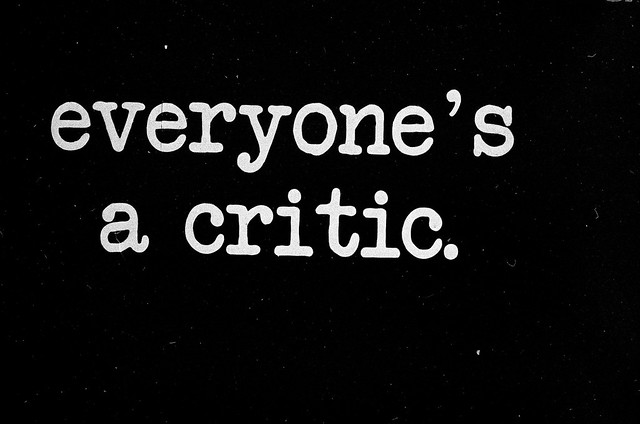- Messages
- 10,055
- Name
- Steve
- Edit My Images
- No
Ok, so I drew up the magnetic frame for the 120 rollfilm back last night and was planning to cut it today then realised that I'm making the components much more complicated than they need to be! After thinking about it more this morning, I've re-drawn the magnetic camera back to incorporate standard Graflok fixing plates and a sprung plate for the ground glass so it can be unlocked from the Graflok plates then sprung backwards to allow for a standard DDS holder to slide in beneath it. Once the DDS holder is in place, the ground glass plate will spring back onto it, holding it in place along with the built in friction. The same method will be used for Quickload holders.
If you want to use either a standard rollfilm back or my 612 back, the ground glass plate can be removed entirely (after focusing) by unlocking the Graflok fixing plates and removing two small thumbscrews that secure the sprung frame (not drawn on the render below but will be inserted in the two upper holes on the white spring frame on the back). This then allows for deeper holders to be inserted and secured using the Graflok plates;

(Ignore the bed on this image. I've made the focusing rod a little wider and back slightly on my plans now to allow for further movement of the focusing bed and to stop my knuckles getting hit by the front standard...but haven't drawn the updated shape of the bed layers)
Obviously I need to build a physical unit to ensure it works as planned but this should mean that any Graflok compatible back can be used.
Cheers
Steve
If you want to use either a standard rollfilm back or my 612 back, the ground glass plate can be removed entirely (after focusing) by unlocking the Graflok fixing plates and removing two small thumbscrews that secure the sprung frame (not drawn on the render below but will be inserted in the two upper holes on the white spring frame on the back). This then allows for deeper holders to be inserted and secured using the Graflok plates;

(Ignore the bed on this image. I've made the focusing rod a little wider and back slightly on my plans now to allow for further movement of the focusing bed and to stop my knuckles getting hit by the front standard...but haven't drawn the updated shape of the bed layers)
Obviously I need to build a physical unit to ensure it works as planned but this should mean that any Graflok compatible back can be used.
Cheers
Steve
Last edited:








